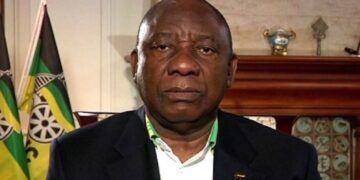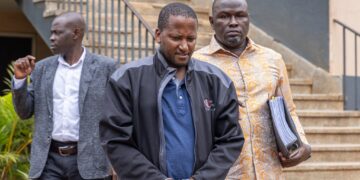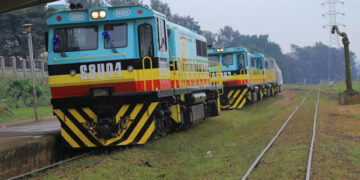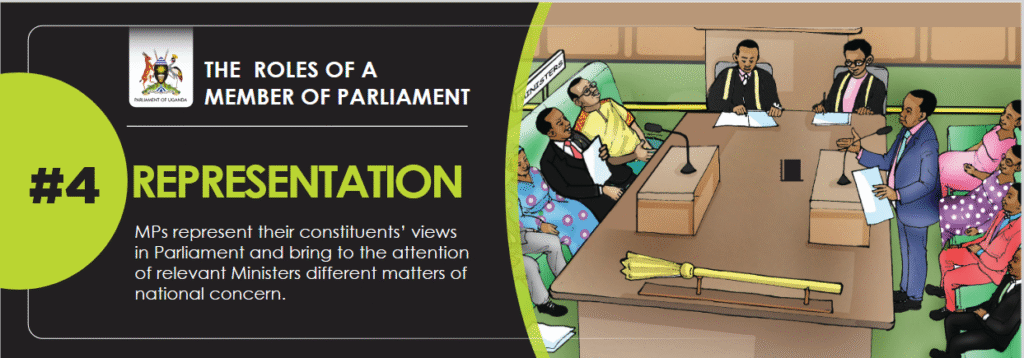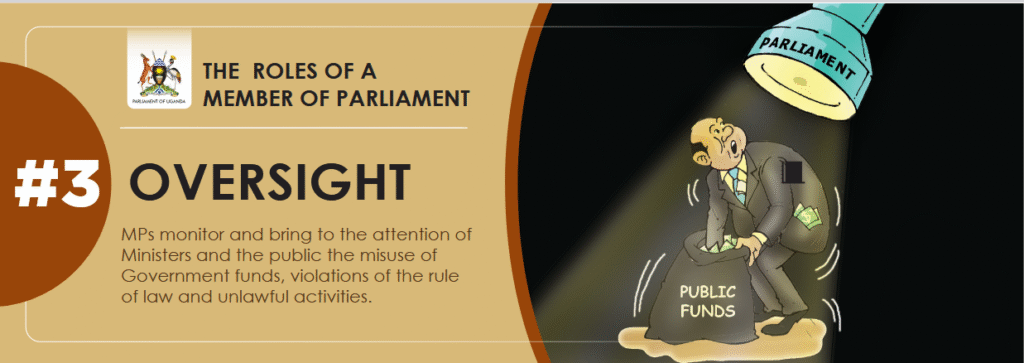MOGADISHU SOMALIA: On April 2018, the African Union Peace and Security Council endorsed the Somalia transition plan (STP) which is a comprehensive guide developed by both the federal government of Somalia and its partners for the transfer of security responsibility to the Somali forces ahead of AMISOM’s anticipated exit in 2021.
However, with slightly more than a year to the deadline for the anticipated exit, the commanders are yet to substantively confirm the readiness in developing a force to protect the gains AMISOM has achieved in the last 12 years.
According to the available reports AMISOM has made tremendous progress in implementing key programmes and activities since 2018, with emphasis on fulfilling its mandate and obligation as was specified by the African Union’s Peace and Security Council.
In a special interview with our reporter, AMISOM’s Deputy Force Commander Major Gen. James Nakibus Lakara expressed commitment to AMISOM’s exit strategy as prescribed in the STP, but said he cannot substantively answer the question of whether by 2021 the Somali security forces will have developed capacity to safeguard the gains of AMISOM after its exit.
Major Gen. Lakara noted with concern that the right conditions to ensure the gains made overtime by AMISOM must be created to avoid a scenario where sacrifices of the peacekeeping force will come to naught.
Lakara said, maintenance of the status quo after AMISOM’s exit is dependent upon the generation of forces to actively occupy the areas currently occupied by AMISOM. He even underscored the risks in an effort to extend the control to areas that are under the control of Al-Shabab without a force capable of maintaining control in those areas.
He said that experience has proved that what is important is not capturing more territory, but capacity to hold and retain which requires a capable and well-mentored force otherwise Al-shabab will take occupy the areas left behind by AMISOM.
He said the draw-down on AMISOM forces has proved to pose serious implications to the security system in the country because it gives opportunity to Al-shabab to expand their territory if a robust and capable force is not generated to take-over from AMISOM.
“Developing a competent and capable force takes time. AMISOM’s mandate is not training forces but mentoring what has been developed. You can imagine how many units will have been developed between now and 2021”
“I may not say the federal government will have generated forces with capability to do that or not; the factors on the ground will determine that” said Maj. Gen. Lakara reservedly said.
Lakara applauded the effort by AMISOM forces in mentoring the Somali security forces which he said is done through undertaking joint operations, conferences, and coordination meetings as aligned to the Somalia transition plan. He noted that with a 3000 km coastline and a vast landmass, much more security personnel with enhanced capabilities will be required to ensure stability of Somalia.
“Currently, AMISOM occupies areas in south and central Somalia; can Somali security forces by 2021 be able to hold? …that I cannot tell” he added.
The commander of Sector One which is under UPDF Brig. Micheal Kabango also shared a similar view on whether by 2021 the Somali security forces would have developed capacity to handle the threat that has kept AMISOM in Somalia for the last 12 years.
“I don’t want to be pessimistic…but looking backwards, if this is the trend, then it may not be possible; but it cannot stop us from working towards that. Building an army takes time and the skill. In summary I may say they (Federal Government and member states) are trying but it is not easy” said Brig. Kabango.
He referred to the case of Uganda where the process to build a competent army took several years. He said the ruthlessness and organization of AMISOM forces forced Al-shabab to change tactics and the militants have since resorted to attacking weaker points. This he said they do it to avoid confrontation with a well organized AMISOM force, and therefore building a force requires both capacity in form of numbers, as well as ingenuity.
“We built up a mobile force which we did not have in the past. We do not wait for them (Al-Shabab) to attack. That makes life very hard for them. Once they concentrate and they are spotted, they are dealt with before they attack” Brig. Kabango said.
He however said that the Al-shabab threat has not diminished considering the level of expertise the militants have, but AMISOM has managed to mitigate the effects of their changed tactics. He said Al-Shabab have since adopted use of Improvised Explosive Devices (IED’s) that can be easily acquired, and can inflict significant damage to the target.
This he said coupled with the longstanding tactic of blending with local population, makes the hunt for Al-Shabab a tricky one. “They (Al-Shabab) are like amoeba. That’s their strategy” he said. He said, with the help of civilian authorities, this has also been mitigated through several civil-military programmes that have been introduced under AMISOM.
On the political front, the readiness of political actors to handle post-AMISOM stress is also questionable. Competition for power and recourses complicated by the weaknesses of national institutions, ambiguities in the constitution is another serious issue in the Somalia Transition Plan.
Furthermore, the differences in ideology and differing interests between the political elite and home-grown politicians, casts doubt on the future of Somalia beyond 2021 with AMISOM out of the equation.
Major General Lakara hinted that the political elite from the Diaspora are yet to gel with local politicians who have endured the political turbulence in their country for more than two decades. He said AMISOM is not intending to leave, but it is being it compelled to leave. This implies that the wish to see the peacekeeping force out, may not be a shared view by the forces on the ground.


















